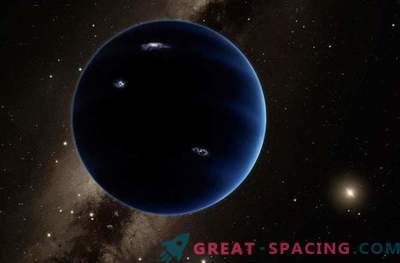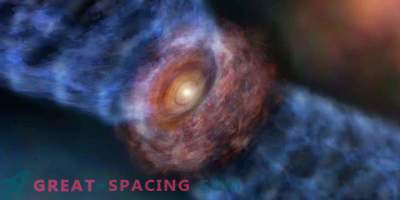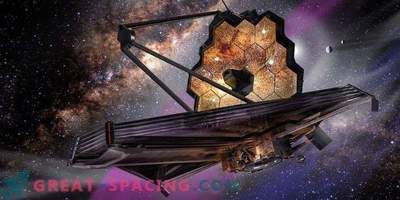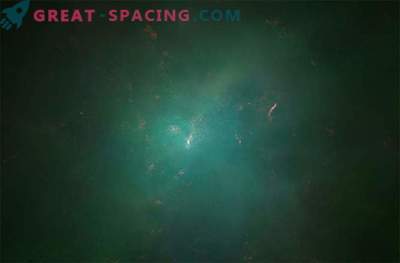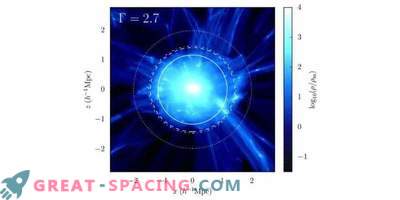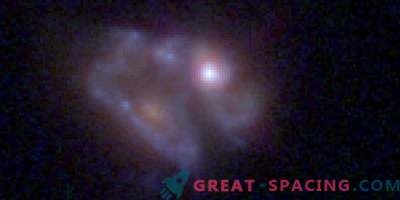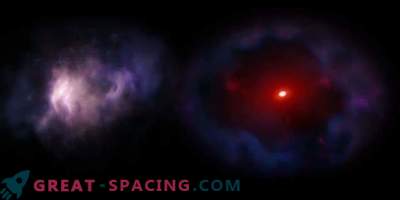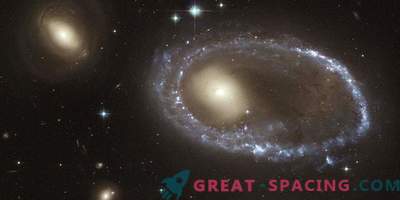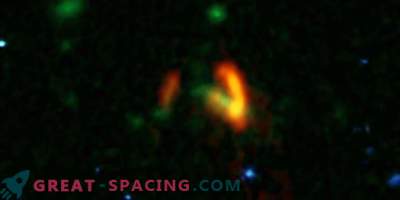
When the planet is in the process of being born, they grow out of clouds of gas and dust surrounding the star. However, to penetrate this dense region to see the planets or to see if there are any planets beyond this dust is a difficult task.
However, according to a new study, some spiral formations in the dust may indicate planets floating in the medium.
Scientists are observing the protoplanetary disk surrounding the star MWC 758 using the Very Large Telescope, abbr. VLT. It is 1.7 more massive than ours Sun and is 8 million years old — a teenager compared to 4.5 billion years of the Sun. The planet, as scientists believe, is outside the spiral arms five times farther than the distance from the Sun to Neptune.
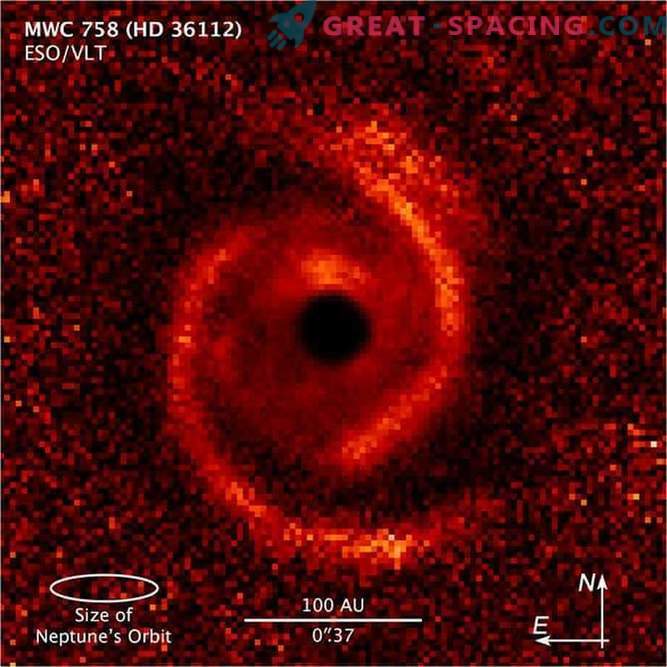
Image of the protoplanetary disk around the young star MWC 758, made by the Very Large Telescope. Spiral arms extend more than 10 billion miles — three times the diameter of the orbit of Neptune.
"Our model with a planet that is 10 times as massive as Jupiter is best for explaining the behavior of spiral arms," wrote lead author Jobin Dun from Lawrence Berkeley National Laboratory and the University of California. "In addition, it is quite reasonable to believe that giant planets are formed in such a young system. Exoplanets with such a huge mass have already been found around other (more mature) stars, for example HR 8799." “Identifying these exoplanets is a difficult task. You should be able to see very fine details that can be different only with the Hubble Space Telescope or several ground 8-meter telescopes,” said Dun. "Worse, the light from the star can distort the details in the disk. Adaptive optics on Earth can help get rid of this, but the Hubble Space Telescope simply does not have this system."
The James Webb Space Telescope, which will be launched in 2018, is capable of blocking the light of a star and may be better able to see these features than Hubble. However, the problem is that it captures the image on longer waves of light than the Hubble and ground-based telescopes, which makes the image more blurred.

"Without carrying out a detailed simulation of the predicted performance of the telescope of James Webb, we can only predict so far," he added. "But if we could look at systems with old stars that Kepler had already studied, we could learn more about the history of the older stars."
The shape of the sleeves tells us about the mass of the planet, which is estimated at about 10 times greater than that of Jupiter. A planet with a smaller mass would be too weak to form the shape that we are seeing. Dun admits that there is some uncertainty in the calculations and the planet may have a slightly different mass. This kind of research is well applicable to stars whose age is several million years and which still have a protoplanetary disk. Stars that are more than 10 million years old disperse the gas in the disk. Thus, these structures disappear.
The study will be published in the Astrophysical Journal Letters in August 5th.





